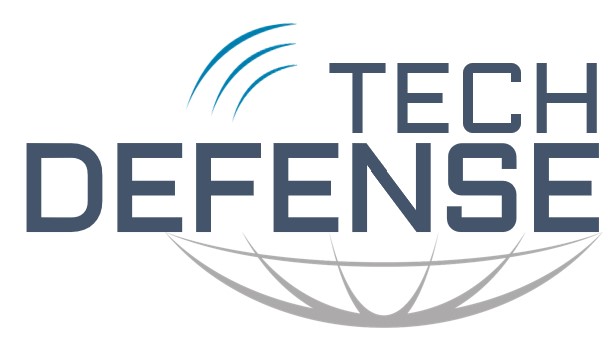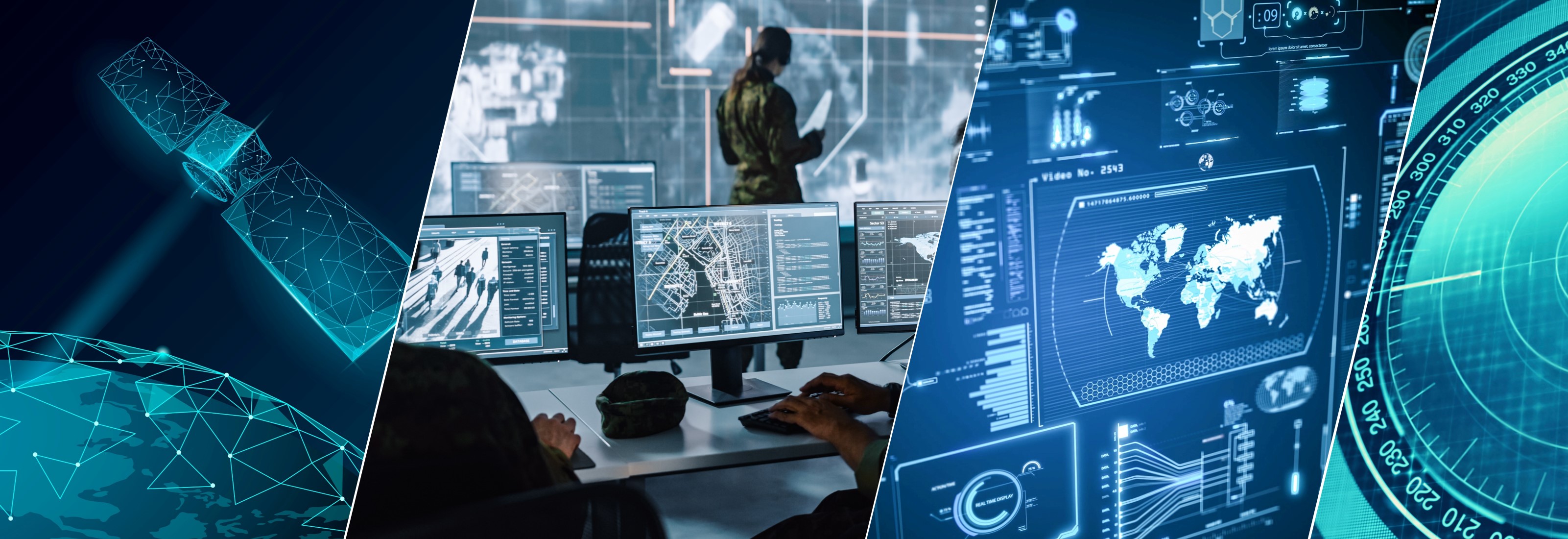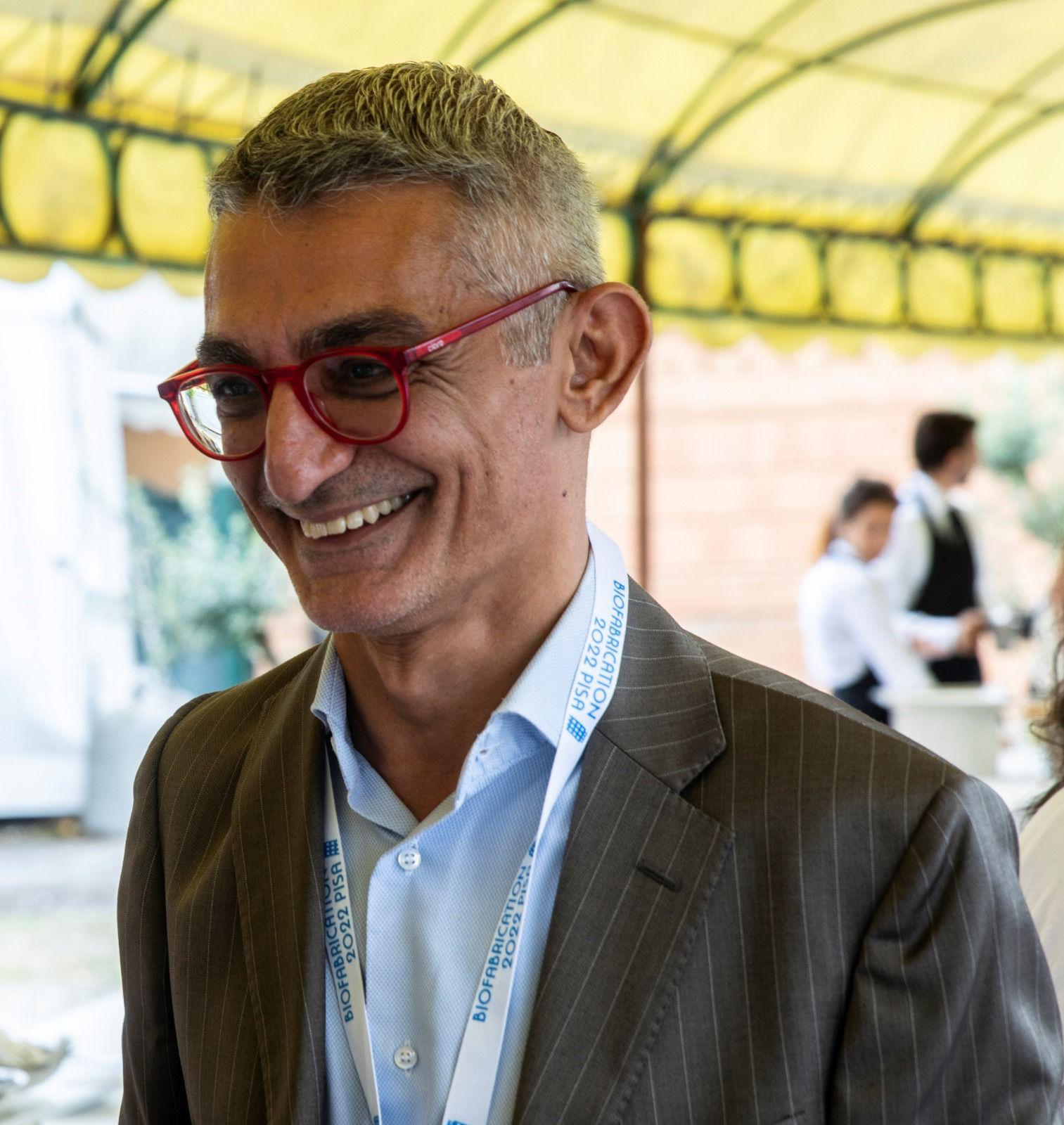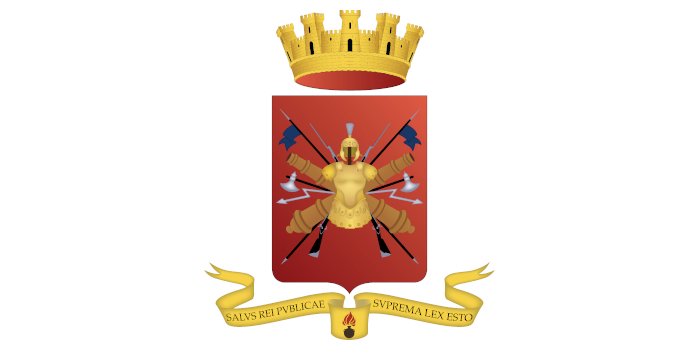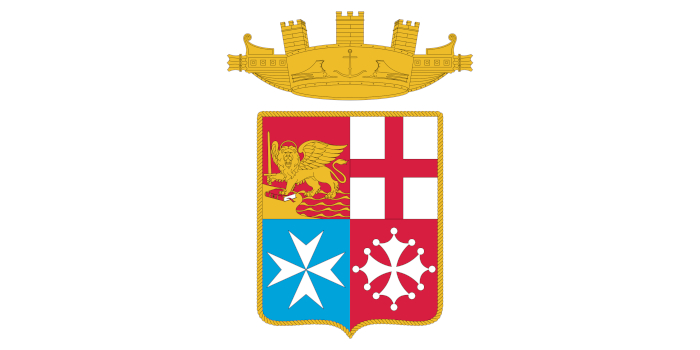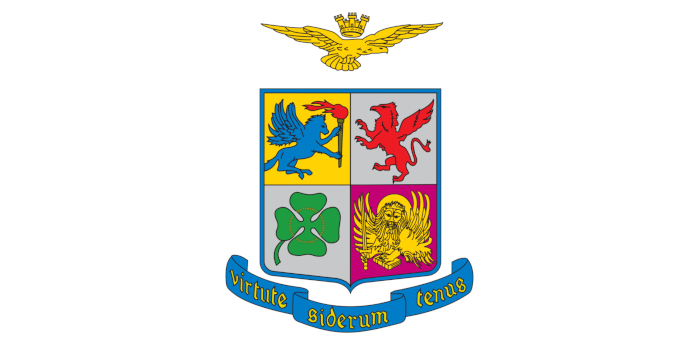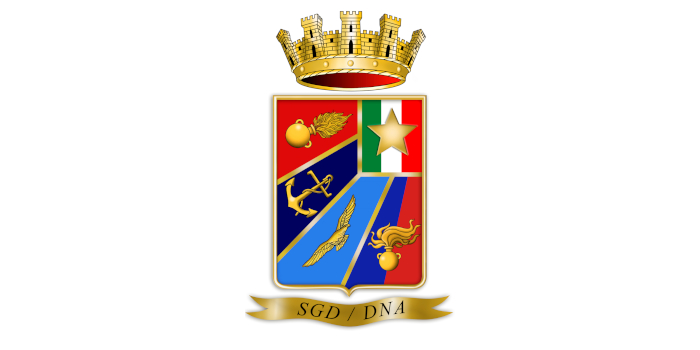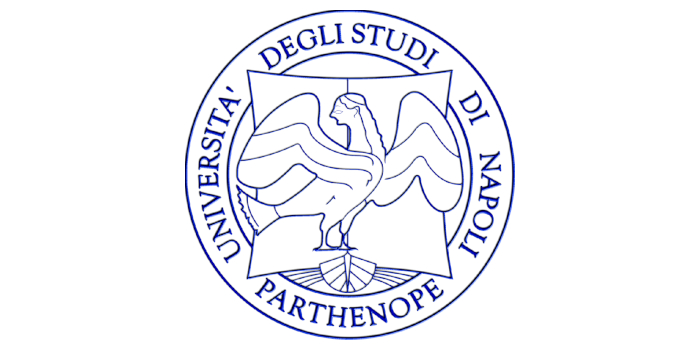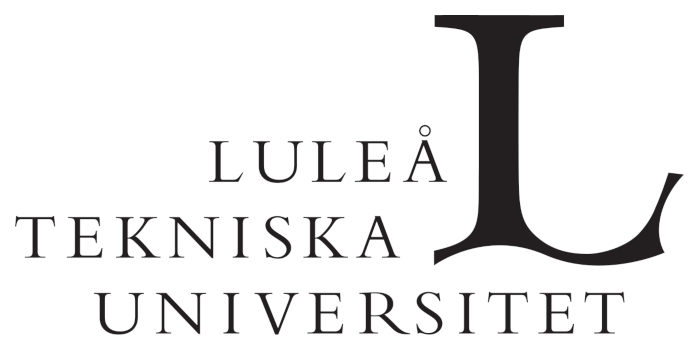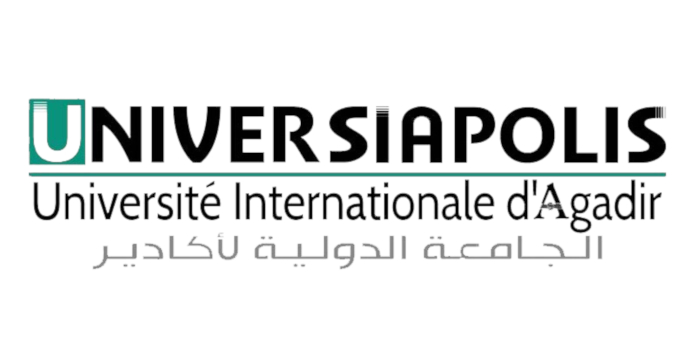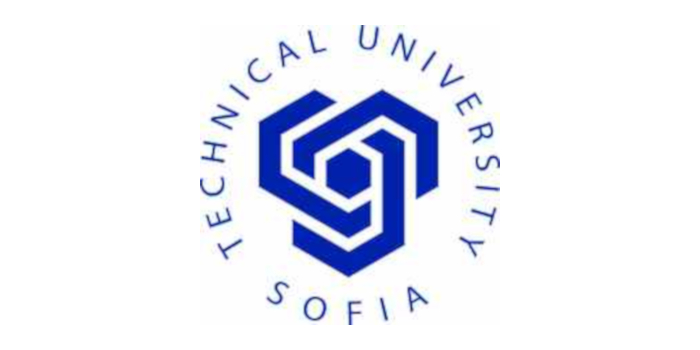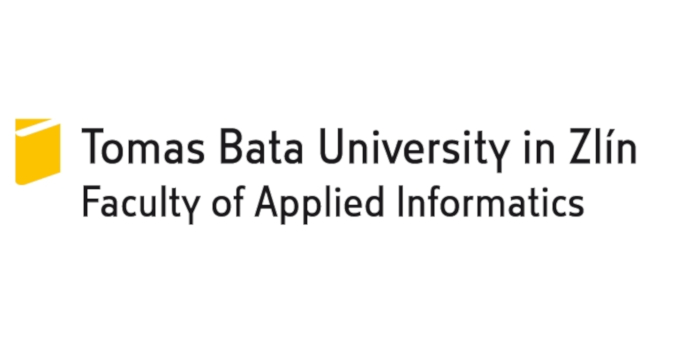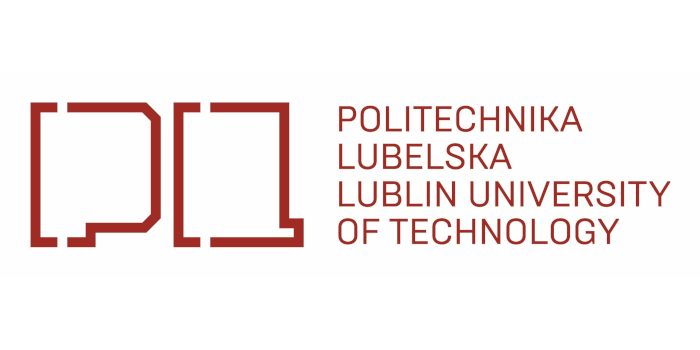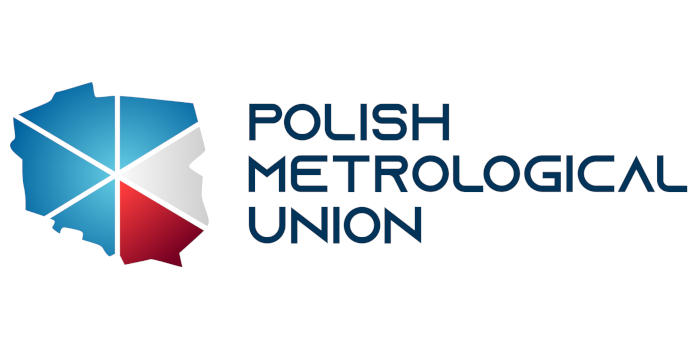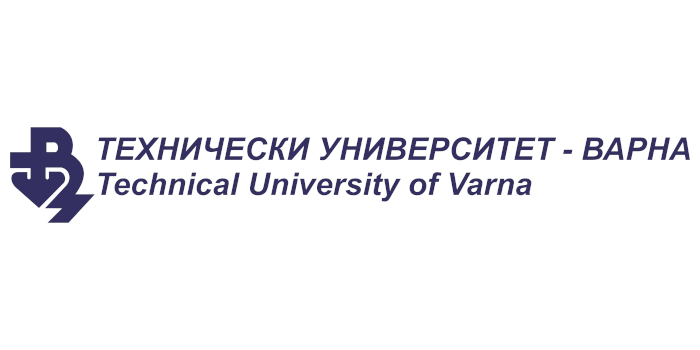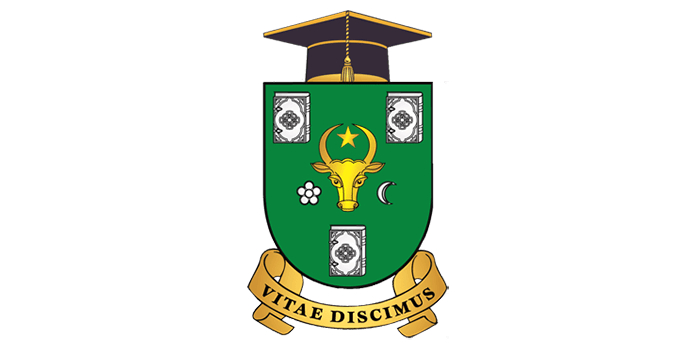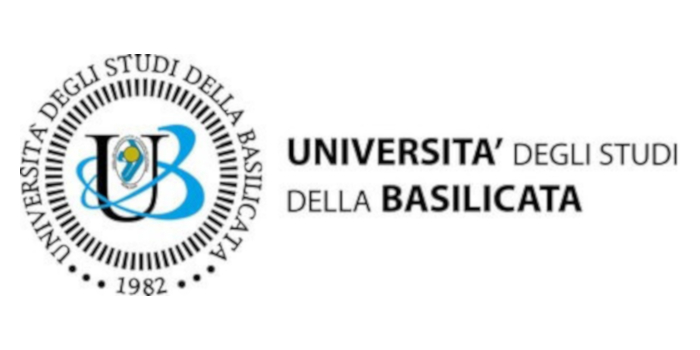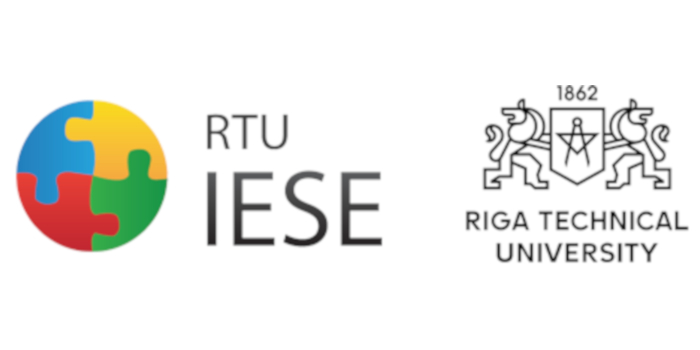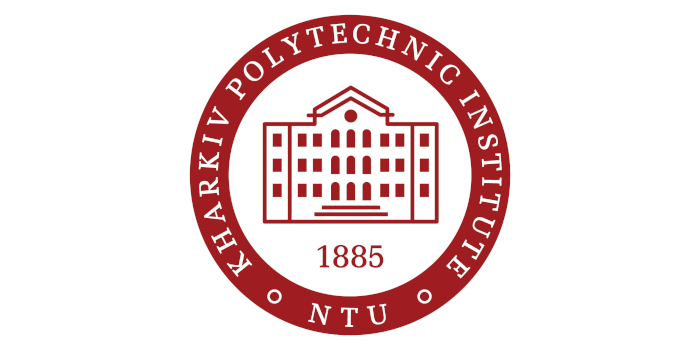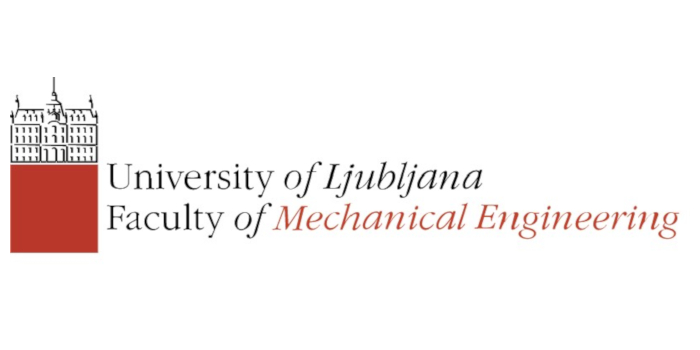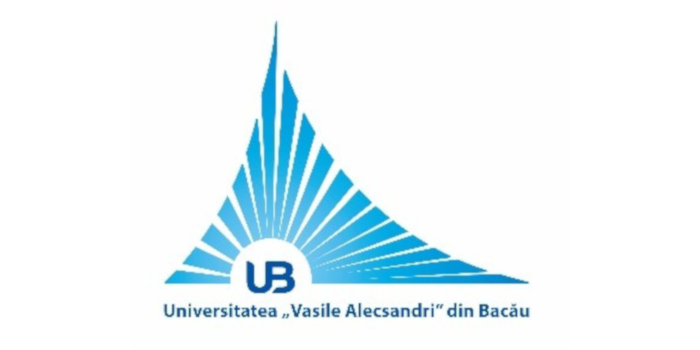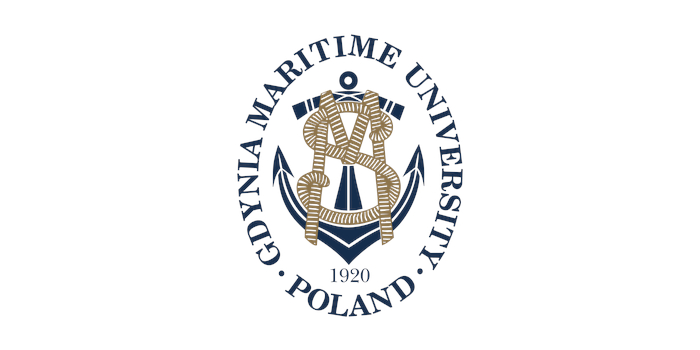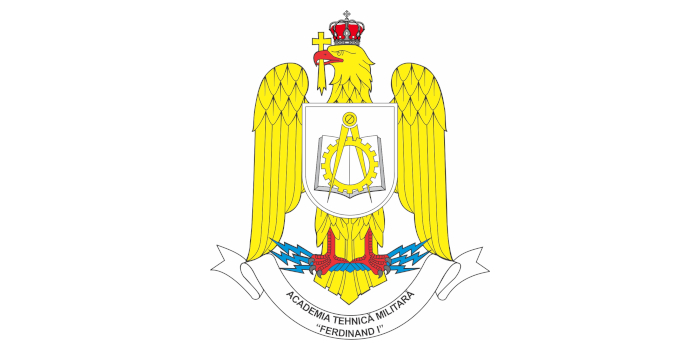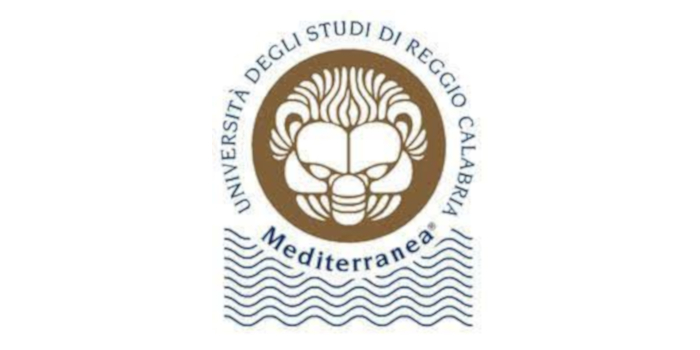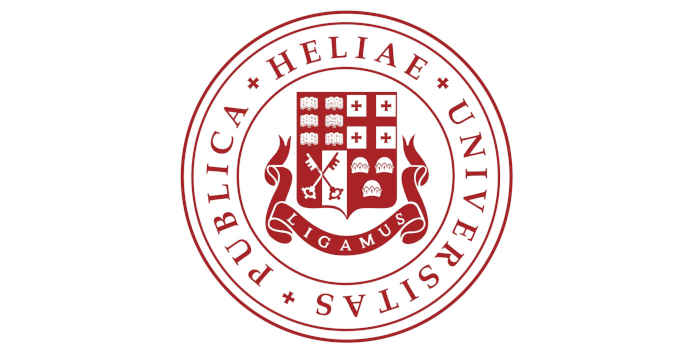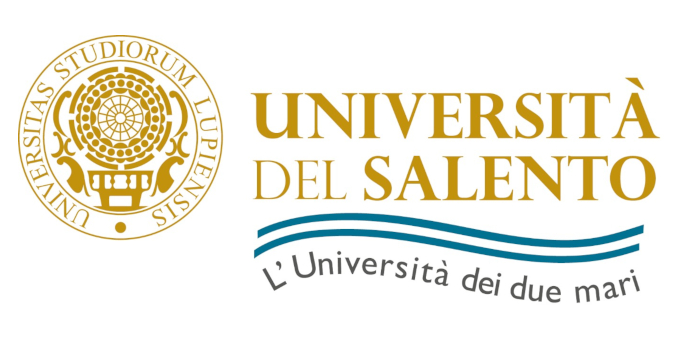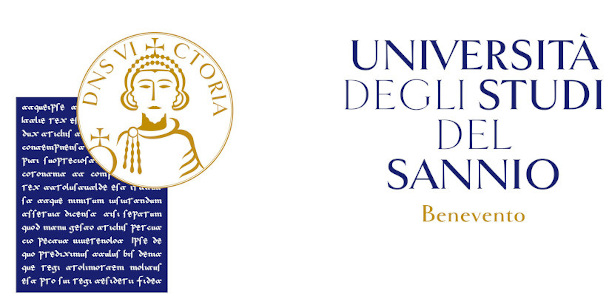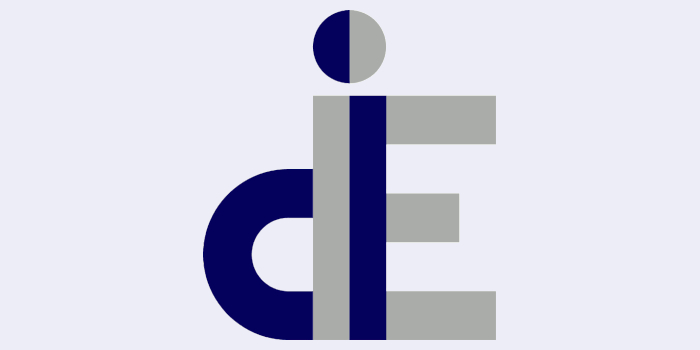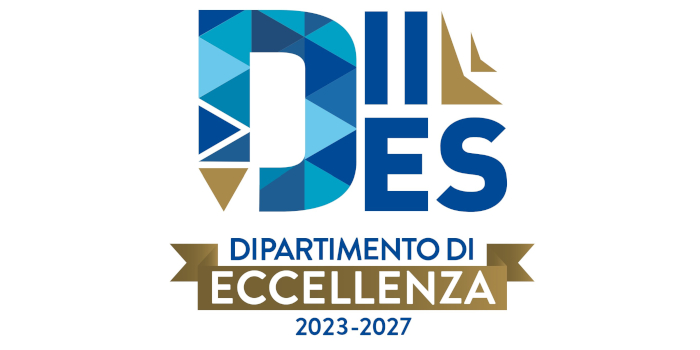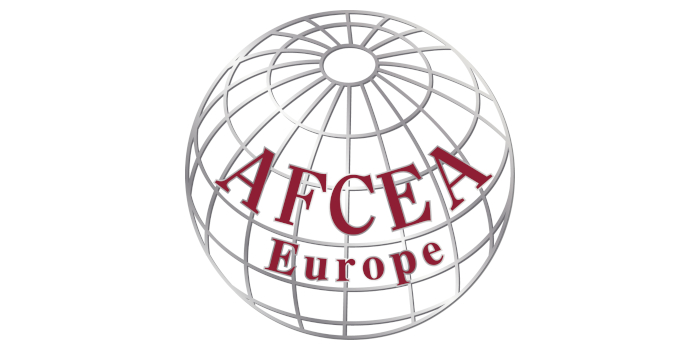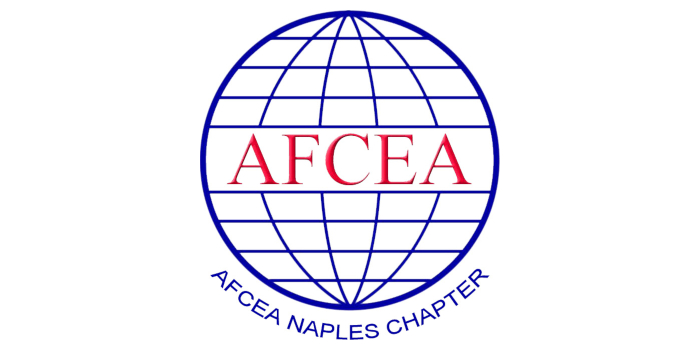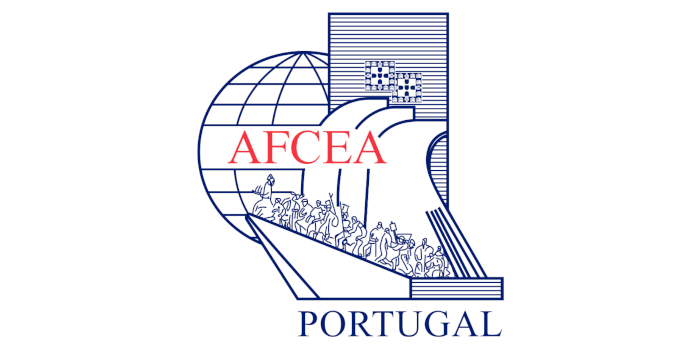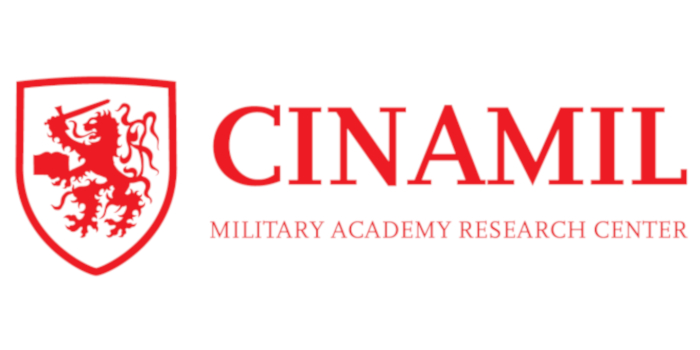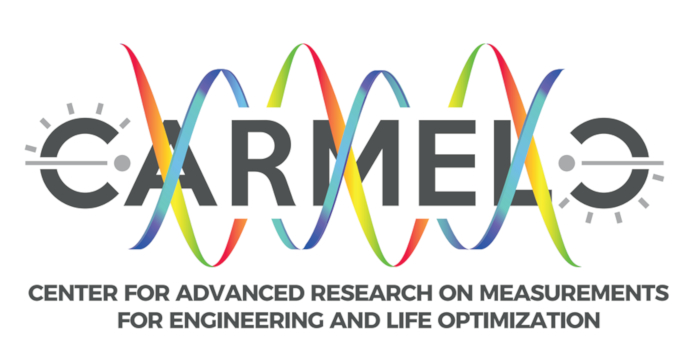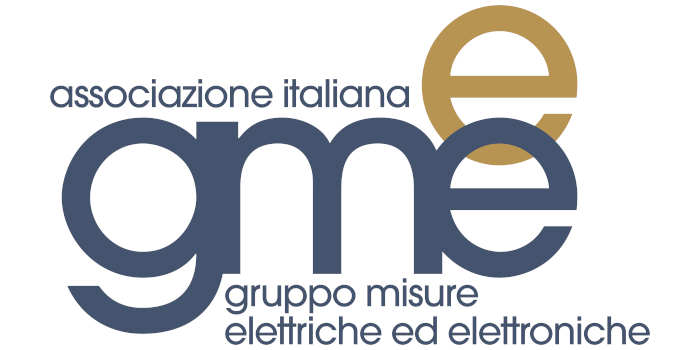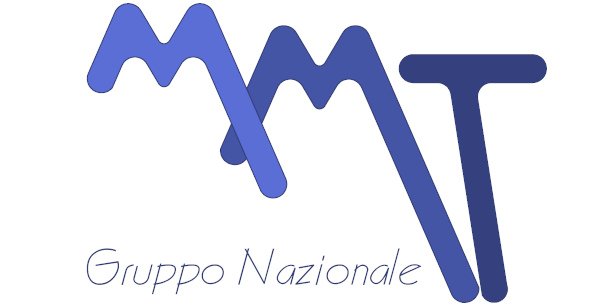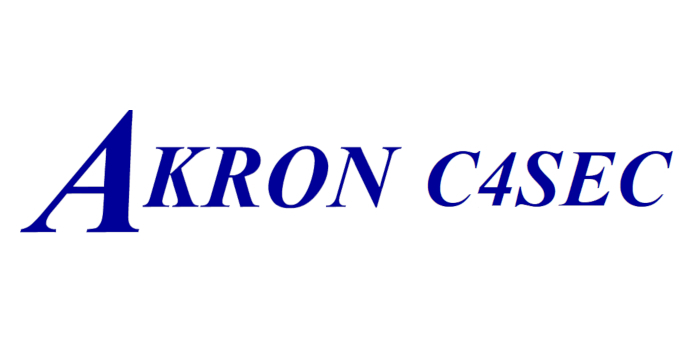SPECIAL SESSION #11
Biofabrication: a novel research support for the defence and preservation of human health
ORGANIZED BY
Giovanni Vozzi
University of Pisa, Italy
ABSTRACT
Biofabrication is a rapidly growing field of research that continues to develop and is outgrowing its infancy. The term Biofabrication was first used in 1994 in relation to the biomineralisation of pearls and later, in 2003, also the deposition of enamel in mammalian teeth. Moreover, the US Defence Advanced Research Projects Agency used the definition ‘Biofabrication—the use of biological materi- als and mechanisms for construction’ to describe methods used to create high-resolution 3D structures that mimic biological growth mechanisms. Biofabrication is, for definition, the automated generation of biologically functional pro- ducts with structural organization from living cells, bioactive molecules, biomaterials, cell aggregates such as micro-tissues, or hybrid cell-material constructs, through Bioprinting or Bioassembly and subsequent tissue maturation processes. This approach is really innovative and useful if it is necessary to reproduce a functional engineered in vitro tissue model. Infact, in this case, it is important to mimic the topological and mechanical features of native tissue, given the strict relationship between function and structure . Human tissues are complex 3D structures composed of different cell types arranged in complex topologies where a well organised vascular network ensures that the distance of each cell from a vascular capillary is less than 50 μm. Moreover, since each tissue presents a well-defined mechanical behaviour, inappropriate mechanical properties will induce abnormal cell activities. In vivo, cells are interconnected each other in the three-dimensional (3D) volume and not in a plane as it normally happens in the standard cell culture in a multi-well plate. On the basis of this evidence, it is important to create 3D polymeric scaffolds able to guide cell growth and activation of their functions. The development of novel human 3D tissue models is really important to study the origin and the development of diseases, to study the effect of particular compounds on cell/ tissue functions and also to define, optimize and personalize novel therapies to restore a damaged tissue. These approaches are really important particularly in war scenario because it is possible to study the effects of chemical, biological, radiological and nuclear agents on human tissue models and define the optimal therapeutic approaches. In this session the potentialities of this model area of the biomedical research will be presented.
ABOUT THE ORGANIZER
Giovanni Vozzi was graduated in Electronic Engineering in 1998 at the University of Pisa. In 2002 he got the PhD in Bioengineering at Polytechnical of Milan. From 2002 to 2006 he was Post-Doc working on development of microfabrication systems and on the realization and characterization of polymeric structures for application in the drug controlled release and in Tissue Engineering at research center “E. Piaggio of University of Pisa and at IMCB of CNR in Pisa. He is full professor in Bioengineering. He acts as supervisors of PhD students in Materials Engineering and Biomedical Engineering and coordinates the work of several undergraduate students and graduate fellows. He was co-founder, member of Board of Directors and treasurer of International Society for Biofabrication. He is member of IEEE and vice-president of National Group of Bioengineering.
His principal research interests are:
- study and mechanical, chemical and cell characterization of novel biomaterials, principally obtained by waste materials;
- design and realization of multimaterial and multiscale biofabrication techniques;
- development of 3D in vitro tissue model and in last period, in particular for gut microbiota and its interactions with the other human tissues;
These scientific activities are monstrated by more than 170 papers on international journal with high IF (h-index=36) 17 chapters on book and 24 patents.
He is Editorial Board member of several journal and acts as reviewers for the most important journal in his research field. He was involved and coordinator in several national and European research projects.
